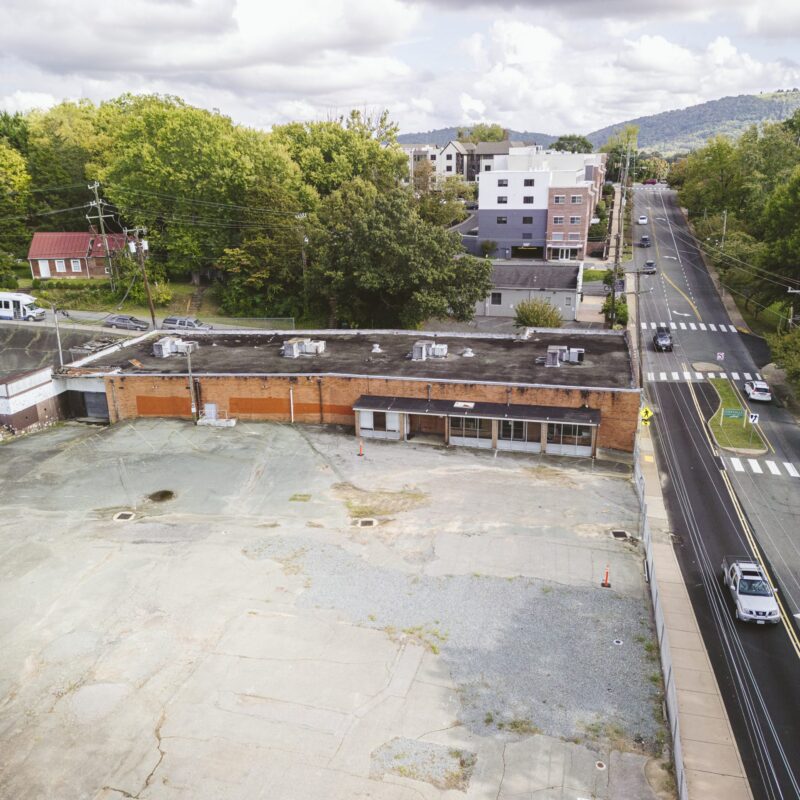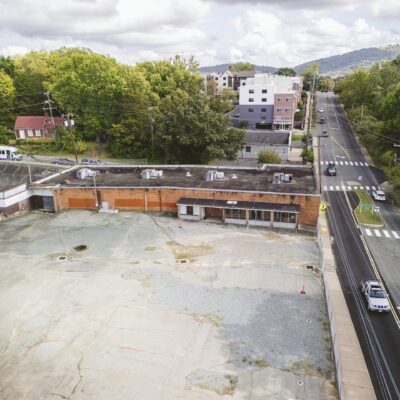Over lunch yesterday I browsed a new book that came into the office: Annie Leonard’s The Story of Stuff. An Internet movie of the same name is a "sensation" according to the book jacket, and indeed it was referenced on this blog a while ago, so I think the "sensation" label fits.

Basically, the movie and the book dive into the particulars of the global economy: where all these consumer goods come from, what their true costs are, and what happens when we throw them away. Along the way, it critiques some of the basic tenets of capitalism, including the fact that countries and corporations chase growth "as a goal unto itself, above all else." And a country’s GDP is not a true measure of how well it’s doing by its people. Leonard writes:
"In his book Deep Economy, Bill McKibben gave this real world example of the failure of GDP to measure success: for years in Africa, the non-native water hyacinth was clogging waterways, and herbicides had done nothing to solve the problem. Then someone discovered that dried water hyacinth made great material for growing highly nutritious mushrooms, and that when the mushrooms broke down the cellulose in the hyacinths, it made a great medium for earthworms.
"The worms chomped that down and created high-quality fertilizer, then were themselves feed for chickens. The chickens, of course, provided people with eggs, while their droppings could be used to fuel biogas digesters that produced power, and this reduced the need to cut down more trees for firewood from the already deforested regions in that part of Africa. Because monetary transactions—like the purchase of fertilizer—were reduced, a solution like this actually shows up on a measure like GDP as diminished ‘growth.’ Yet it’s clear to anyone with eyes, a brain, and a heart that the hyacinth-mushroom-worm-chicken solution is true progress: healthy and sensible."
I’ll have to hunt up McKibben’s book next. Anyone read it?



